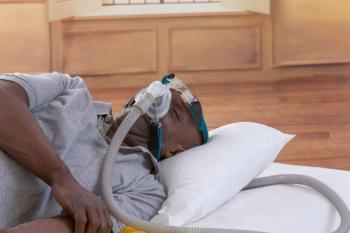
US Consumers Need Access to Drug Price Information for Informed Decision Making
A transparent system is needed that allows consumers to easily check prices at different pharmacies in order to identify potential savings and become empowered to choose stores and payment options most beneficial to them.
Lack of access to essential medications is a major public health concern around the world, including in the United States where there has been a continuing shift toward high-deductible insurance plans over the last decade.
The great majority of US plans have a general deductible, half of which are more than $1000. Thus, Americans face a high burden of spending on medications because of a combination of unregulated prices and high out-of-pocket (OOP) expenditures. Average per-capita OOP spending in 2012 was $758, and in 2014 an estimated 22% of patients did not fill prescriptions or skipped prescription doses because of cost. Americans who are uninsured, elderly, low-income, or have high insurance co-pays are disproportionately unlikely to fill prescriptions.
Researchers from the Boston University School of Public Health studied drug prices in the Boston, Massachusetts, area for medications (both brand and generic) that are considered globally essential, from chain, independent, big-box retail stores, and in-store supermarket pharmacies. The study,
Prices of prescriptions medicines were particularly high, they said, with brand and generic versions, respectively, at 158.14 and 38.03 times the international price.
“These patient prices in Boston for the prescription medicines were very high when compared to the prices paid for the same 14 medicines in the private sector of some other high-income countries,” the authors concluded.
They used standard methods for measuring price, availability, and affordability as carried out by the World Health Organization. Chain pharmacies were matched to independent pharmacies in close proximity, resulting in a total survey sample of 20 pharmacies. The study also included a sample of 7 pharmacy discount programs offered by big-box retail stores and in-store or freestanding pharmacies including Walmart, Target, CVS, and Walgreens. Mail-order pharmacies were not included in the study.
In the Boston area, overall availability was 80% except for brand drugs, which had lower availability, especially in independent pharmacies. Generic medications (now making up 86% of US prescriptions) are cheaper than brand medications, but researchers said that generic price competition still leads to unexpected price hikes among generics. Substantial price variations were seen across pharmacies.
Savings were realized when patients purchased certain generic medications at big-box stores such as Walmart and Target and pharmacy discount programs. Over-the-counter medicines were cheaper in independent pharmacies than in chain pharmacies. Although brand prescription medicines were higher priced in independent pharmacies, lowest-priced generics were higher priced in chain pharmacies.
Overall, the study found that consumers do not know what they will be expected to pay for a medicine dispensed at the pharmacy using insurance.
“This lack of transparency can be disadvantageous for consumers,” the authors said. “Prescribers in the US should encourage consumers to consider pharmacy discount programs, which offer generic medications at lower prices.”
If the policy in the US is not to regulate medicines but to rely on price competition, they conclude, then a transparent system is needed that allows consumers to easily check prices at different pharmacies in order to identify potential savings and become empowered to choose stores and payment options most beneficial to them.
Newsletter
Stay ahead of policy, cost, and value—subscribe to AJMC for expert insights at the intersection of clinical care and health economics.













































